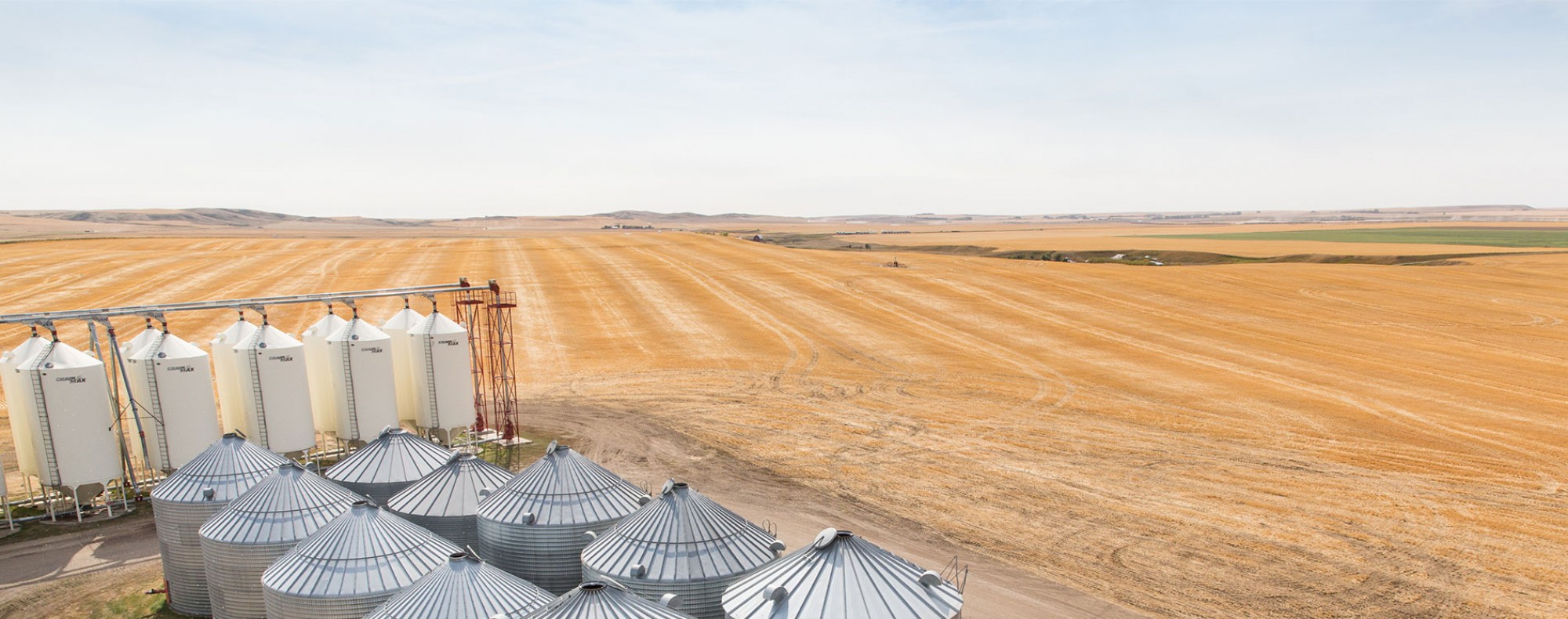Understanding auxinic herbicide resistance in kochia and staying ahead of what's next
AWC contribution: $40,000
Start Date: December 23, 2020
End Date: April 1, 2025
Dr. Charles Geddes, AAFC Lethbridge
Summary:
Kochia is among the worst agricultural weed problems in the southern Canadian prairies due to increased abundance of herbicide-resistant (HR) biotypes and unique biological traits allowing this weed to thrive when exposed to abiotic stress like heat, cold, drought, or salinity (Friesen et al. 2009; Beckie et al. 2019). Tumbleweed seed dispersal and efficient outcrossing in kochia allow herbicide resistance traits to spread rapidly, as observed with the ubiquitous assimilation of acetolactate synthase (ALS) inhibitor (group 2) resistance in kochia after only two decades. Similarly, glyphosate resistance (group 9) in kochia increased from 5% to 50% of kochia populations in Alberta between 2012 and 2017, and from 1% to 59% of kochia populations in Manitoba between 2013 and 2018. The overall goal of this research project is to improve our understanding of synthetic auxin resistance in kochia, determine how quickly this type of resistance will spread, and develop effective tools for the management of these biotypes. An additional goal is to stay ahead of potential new types of herbicide resistance through intensive population screening efforts. The objectives of this project are:
- Conduct a baseline survey of PPO inhibitor-resistant kochia in western Canada
- Assess kochia populations for cross-resistance to other synthetic auxin herbicides, herbicide mixtures, and usage windows
- Assess the efficacy of a potential "new" (old) herbicide, dichlorprop, for management of auxinic herbicide-resistant kochia
- Work toward determining the mechanisms of auxinic herbicide resistance in kochia in western Canada
- Determine whether dicamba or fluroxypyr resistance traits in kochia confer fitness penalties
